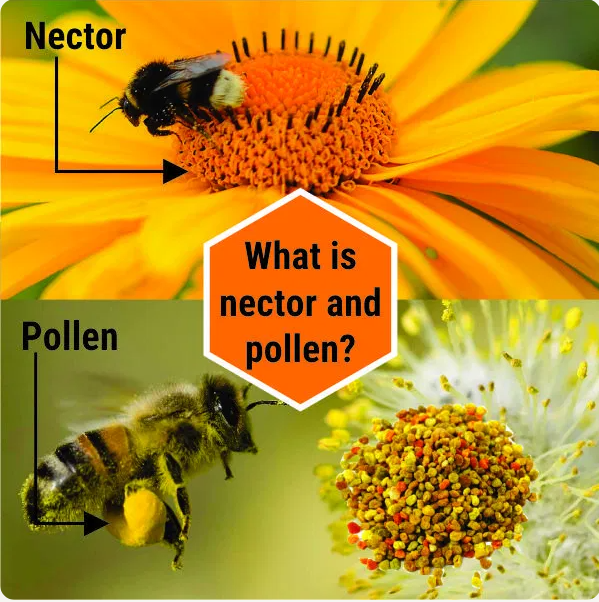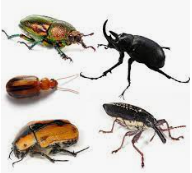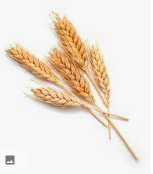Official 34 - lecture 3
Listen to part of lecture in a botany class.
Botany: pant science, plant biology or phytology.
When we talk about pollination ecology, we're talking about the relationship between a plant and its pollinator.
Pollinator, Pollination ecology
For the plant perspective, the ideal pollinator is the animal that is under fed, ready to eat and in a hurry.
the pollinator on the other hand, wants to remain well fed with as litter effort as possible.
these factors help drive the evolution of plants and their pollinators, both of which depend on this balanced and delicate relationship.
Sometimes, only certain insects or birds can pollinate certain plant species. So to really understand pollination ecology, both the flower and its pollinators must be studied.
Let's start with flowers, there were several important factors associated with pollination.
when and how often a pant flowers, how long the flowering cycle lasts, and the number of flowers that open at the same time.
For example, flowering may coincide with the migration of a certain animal species that pollinates the plant.
coincide: to occupy the same place in space or time.
or producing many flowers at once may increase the number of pollinators a plant attracts.
Other characteristics of flowers are also important.
Features such as color, scent, and shape attract pollinators, as does the reward in the flower--the pollen or the nectar--that feeds the pollinator.

For example, flowers that attract bats tend to be green or cream colored
because visibility isn't important...bats are practically blind, remember... and these flowers bloom at night, when bats are active.
there's a flower in the Amazon rain forest called a royal water lily, and the characteristics of its flowers change during the pollination process.
The royal water lily uses color, temperature, and scent to attract the beetles that pollinate it.
Beetle: 甲虫,“披头士”.
When the flowers of the royal water lily first open up, when they first bloom, they're white. They also emit a strong odor, and their temperature rises.
producing heat serves two purposes: it magnifies the scent of the flower and it helps the beetles maintain their body temperature.
an odor left by an animal on a surface passed over
a characteristic or particular odor
When a beetle arrives at the flower, the flower closes around it for about 24 hours so that the beetle becomes covered with pollen.
Then, when the flower opens, its color changes to red, and it cools down. When the beetle flies out, it carries the pollen to a different heated, white, fragrant flower.
fragrant: having a sweet or pleasant smell.
synonyms: aromatic, perfumed, scented.
As you can see, plants go to a lot of trouble to attract attention. So what kind of attention are they attracting, and why?
sometimes flowers provide shelter for insects... a place to lay eggs, for instance.
But usually the attraction is food... nectar and pollen. Nectar is mainly a sugar solution, while pollen is a grain made up of part of the plant-cell structure.
grain
In both nectar and pollen production, quality and quantity vary over time, but they're always related to the needs of the pollinator.
You can see that the relationships between pollinators and plants are delicate, so any number of factors can disturb them.
human development is one, and agriculture is generally believed to be the most harmful.
It can fragment habitats in a variety of ways, reducing the number of pollinators.
which in turn may reduce the number or size of the flowers, which of course affects the animals that feed on them.
exotic plant species, not native to the area, can move in and compete... even bees brought in to pollinate crops can alter natural pollen-dispersal systems of rain-forest plants.
On the other hand, recent studies have shown that the disruption of one aspect of the pollination cycle doesn't usually lead to the extinction of other species
it turns out that plant-pollinator relationships are more adaptable to change than we thought.


